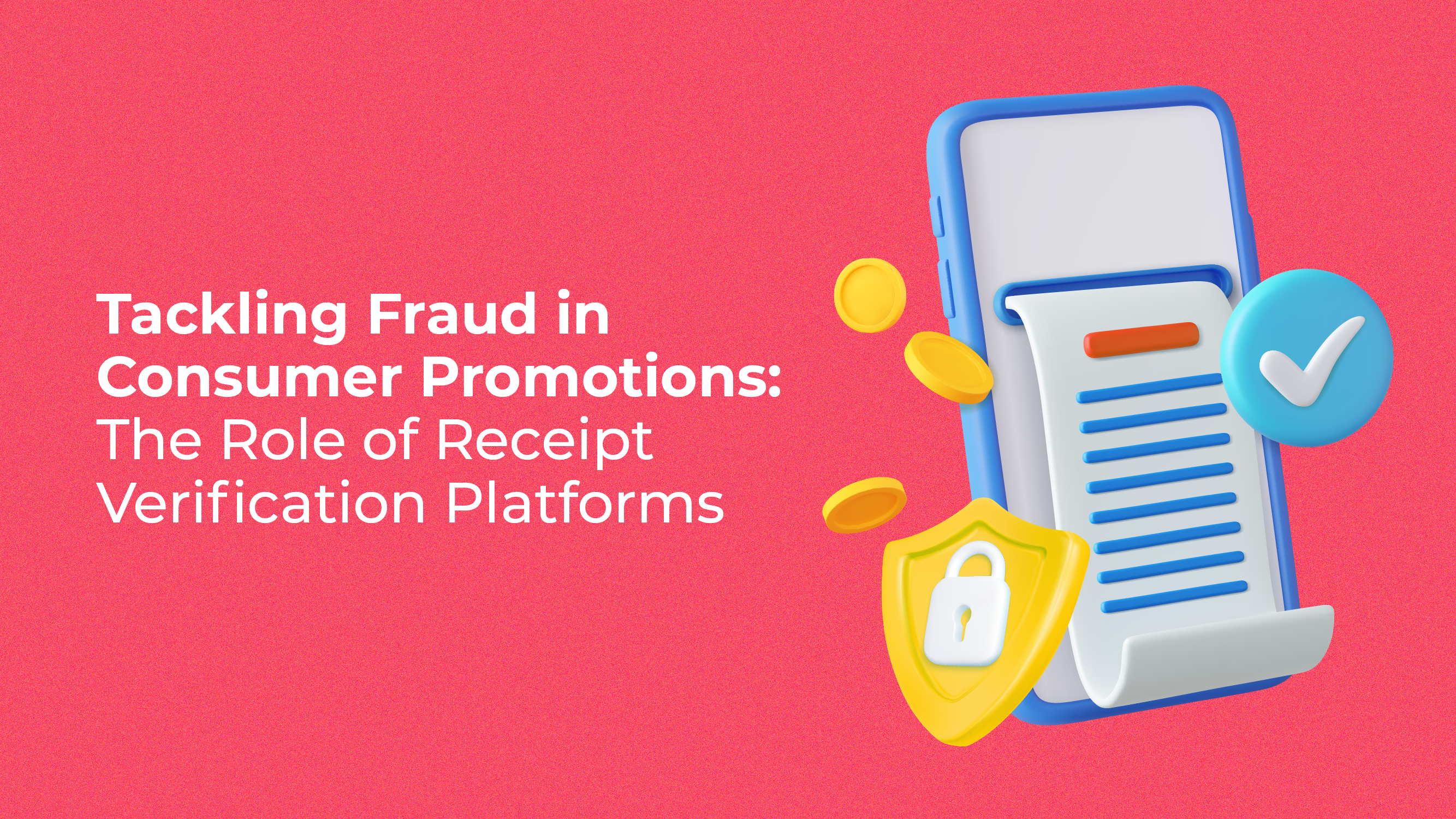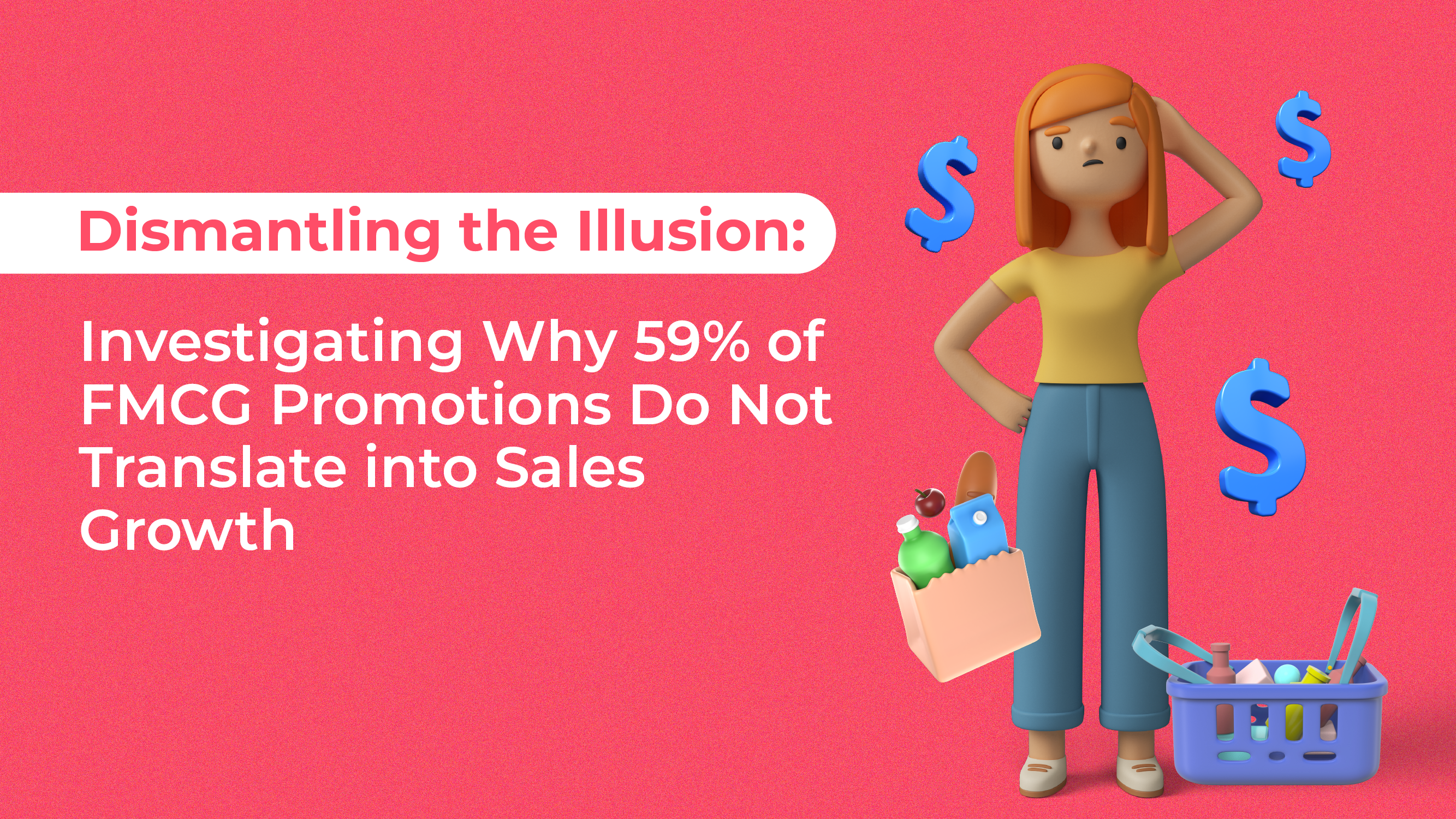The DREA x SKALE team welcomed 80 marketers from leading Shopping Malls and Retailers in SEA for the Digitising Retail and Commercial Real Estate 2018 summit at HUONE Event Hotel Singapore last Tuesday.
The summit was geared towards demonstrating how retail brands and mall operators could leverage on omnichannel solutions to unify and create better customer experiences and journey to drive sales, as shoppers move between online and offline store fronts.
Yuet Whey Siah, founder of DREA and SKALE, shared with the audience on the various digital solutions to drive mall footfall and retail sales. She shared that today footfall in malls is declining and in turn this has affected revenue and turnover for both mall operators and retailers.

Yuet also spoke about how malls are optimizing their tenant mix and shifting towards F&B and Service based businesses. “Mall operators are already engaging in different initiatives such as promotions, fairs, and where they are generally digitising their business with rewards apps, loyalty programs and so on. Mall operators and retailers can additionally consider, using location targeting ads and beacons to drive shoppers in-store to a promotion that has been dynamically and automatically selected for the Shopper by leveraging on data about their past shopping habits. By pushing the right promotion, shoppers are more likely to engage and convert into a sale. Yuet also conducted a “live demonstration” on how retailers can automatically “retarget” the shoppers who did not convert even as they leave the mall, choosing instead to drive them to the retailer’s e-commerce store. The implementation of beacon technology can enhance and further enable a seamless omnichannel experience for customers, leading to higher sales conversions too,” she shared.
These points were elaborated further by Ruby Nguyen, Senior Partner Manager for Facebook Singapore and Malaysia, who spoke about how retailers and mall operators can succeed in the mobile era. [restrict]

Themed around how mobile has redefined shopping experiences for Singaporeans, Ruby further highlighted how the retail model has transformed whereby online efforts influence offline sales and that retailers and brands should understand where consumers are spending most of their time on. She goes on to explore the future of retail and what it means for retailers and advertisers – who are very digitally influenced
“Mobile is the primary driver that influences the shopping journey both online and offline. 80% of shoppers in stores, are influenced by mobile.”
Facebook has enabled retailers to drive offline sales through tracking store visits with Facebook’s store locator ad format.
Retailers can run store visit ads to target mobile users near the location of the store and utilise Facebook campaigns to track offline sales by matching in-store or offline transactions to their campaigns.
She also recommended using Facebook’s Collection Ad format, which allows retailers to display and advertise multiple products on the Facebook Ad. “People who shop in a physical store, may have seen the product online, or after seeing the product offline, they may go online to further research the product,” Ruby mentioned.
Facebook also introduced success stories from around the region (Southeast Asia) of long-running traditional commerce company’s that have gone through digitalisation and found tremendous success in driving footfall and sales conversions with Facebook.
Tesco Lotus in Thailand successfully drove store visits and in-store sales using Facebook’s with an impressive 35 times return on ad spend. While, Sen Heng Electronics in Malaysia, drove in-store visits and saw product orders had increased by 6 times, followed by increase in revenue by 5 times and an amazing 60 times return on ad spend.

Celine Collette, Business Development Manager at Google APAC, shared two case studies on successful omnichannel campaigns executed by Google.
McDonald’s leveraged YouTube with its made for web videos to drive foot traffic to its 2,900 restaurants in Japan. By using Google AdWords, McDonald’s managed to increase store visits by 7.5% with an 82% increase in product searches (on Google). While Sephora measured offline impact of it’s online ads in Singapore. Using Google Marketing Platform, the team at Sephora was able to see from a specific Google Ads campaign level which loyalty members made purchases both on the Sephora website and at brick-and-mortar locations.
“69% of consumers research purchases online, while 55% agree that online search has influenced their decision of which brand to purchase, while 49% would visit a store to buy something as a result of a suggestion found online.”
– Celine Collette, Google APAC
Fireside Chat

Digitising Retail and Commercial Real Estate 2018 was concluded with a Fireside Chat moderated by Neo Shi Jun, DREA’s Product Lead – a panel discussion among the speakers of the day; Yuet Whey Siah, Founder of DREA and SKALE, Ruby Nguyen, Senior Partner Manager at Facebook Singapore and Malaysia and Fong Loo Fern, Managing Director at CYC.
Yuet shared how malls could view e-commerce as less of a threat and acknowledge how e-commerce could actually be a drive in offline sales, as 90% of all sales go back to brick-and-mortar stores.
She noted that as a business owner herself, she recognises that businesses need to be present where their customers are. Customers aren’t just on online alone, or offline alone. They’re on both and therefore it’s important to be present where your customers are
Ruby shined some light on upcoming trends in e-commerce and retail. “Facebook predicts by the year 2020 that 85% of all data on mobile will be from videos. It’s a very visual format so consumers can feel engaged and even inspired. Video has changed how people approach shopping“, she shared.
Loo Fern shared how CYC recently implemented an Enterprise Resource Planning (ERP) and Customer Relationship Management (CRM )system towards digitalising the century-old retail business. She also shared how they had began to use Facebook Ads for branding and advertising their garments.
Event Takeaways
All in all it is evident that the retail industry in Singapore and globally is in the midst of a massive shift and consumers are more engaged online, however retail is changing but not as fast.
Consumers in Singapore spend an average of 12 hours online and are therefore more engaged online than ever before.
The future of retail is digitally influenced shopping with mobile as the primary driver.
The retail industry must take note of the shift in consumer behaviour and alter their marketing efforts to capture and engage with consumers through online channels.
Interestingly, e-commerce is steadily growing however 90% of transactions still take place in brick-and-mortar stores. Despite this, traditional retailers are seeing a decline in foot traffic. What this essentially translates into is that retailers will need to adopt online marketing to drive visits and purchases within their offline stores.
Key Takeaways For Retailers and Mall Operators:
- Employ Omnichannel Solutions to drive footfall and increase sales conversion.
- Omnichannnel is about integrating all existing channels into one to offer a seamless shopping experience for customers, by leveraging on insights collected on each sales channel
- Retailers and mall operators can leverage on Location-Targeting ads coupled with Beacon Technology to alert consumers nearby of ongoing promotions at malls / outlets, hence impactfully driving footfall.
- Information on shopper habits should be used to dynamically decide the promotion that is shown to shoppers. Retailers should track offline conversions, and use that data to automatically direct shoppers who leave the mall to the retailer’s e-commerce site instead.
- It is possible to achieve an omnichannel and unified experience both instore and online, even with no technical knowledge using SKALE’s retail solutions
[/restrict]








